
an online exhibition of curated art-science works featuring scientists who produce art and artists inspired by science
cu·ra·tor
noun
a person who selects the artists and theme of the exhibition
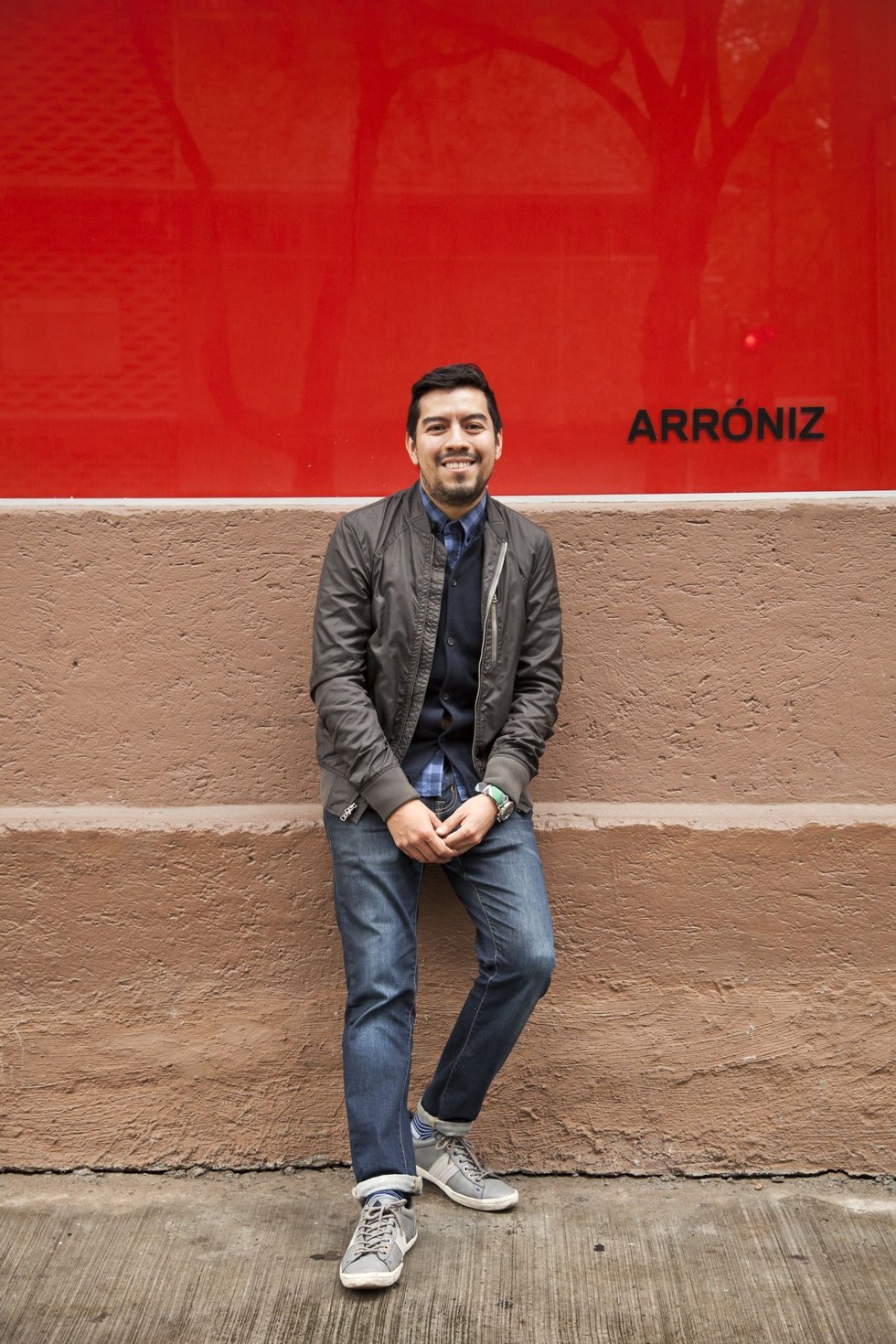
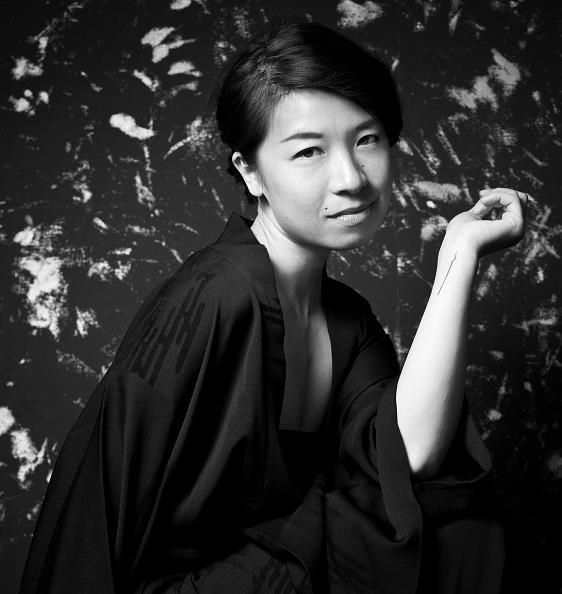
ar·chi·tect
noun
a person who designs the form, look, or workings of the exhibition
en·gi·neer
noun
a person who plans and builds the infrastructure of the exhibition

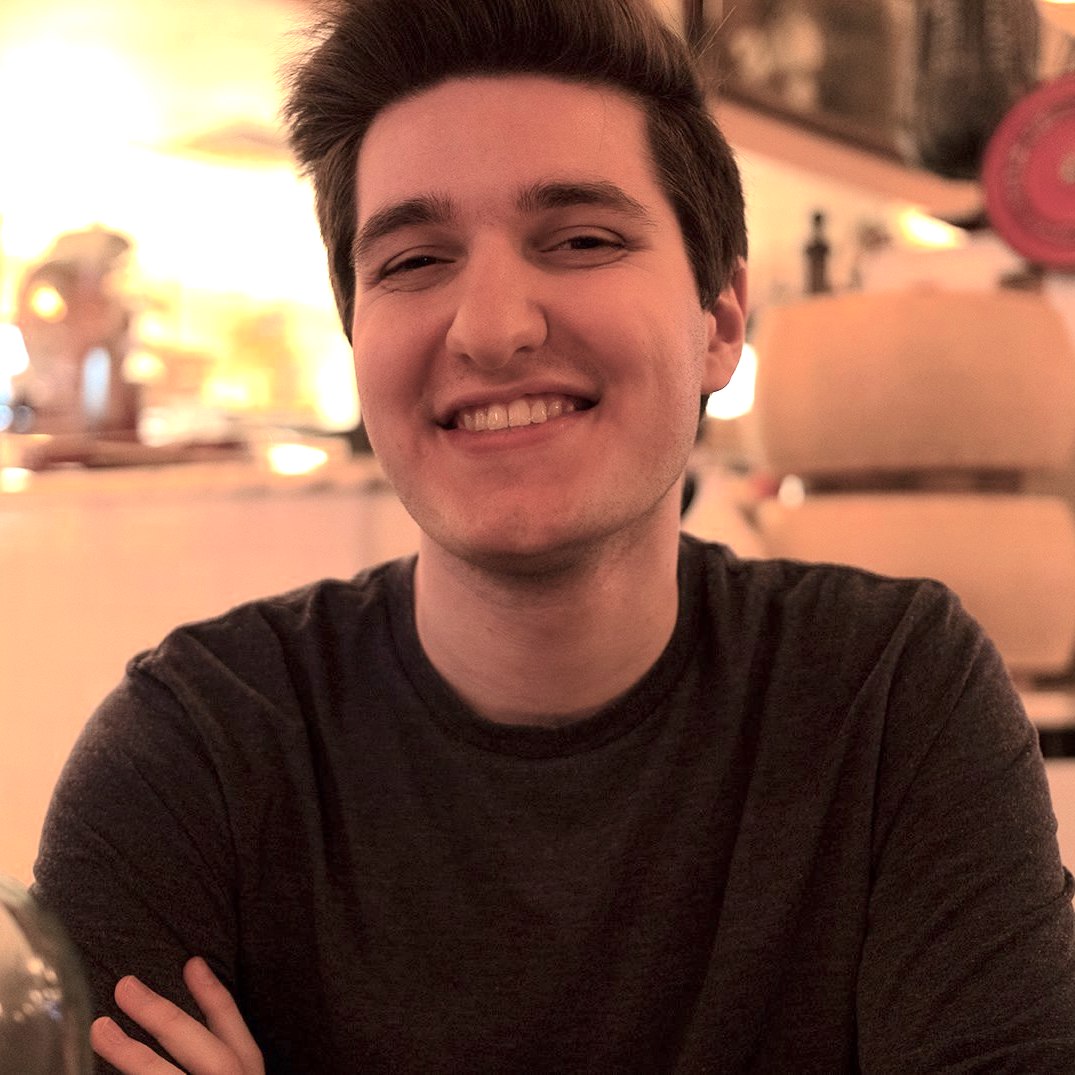
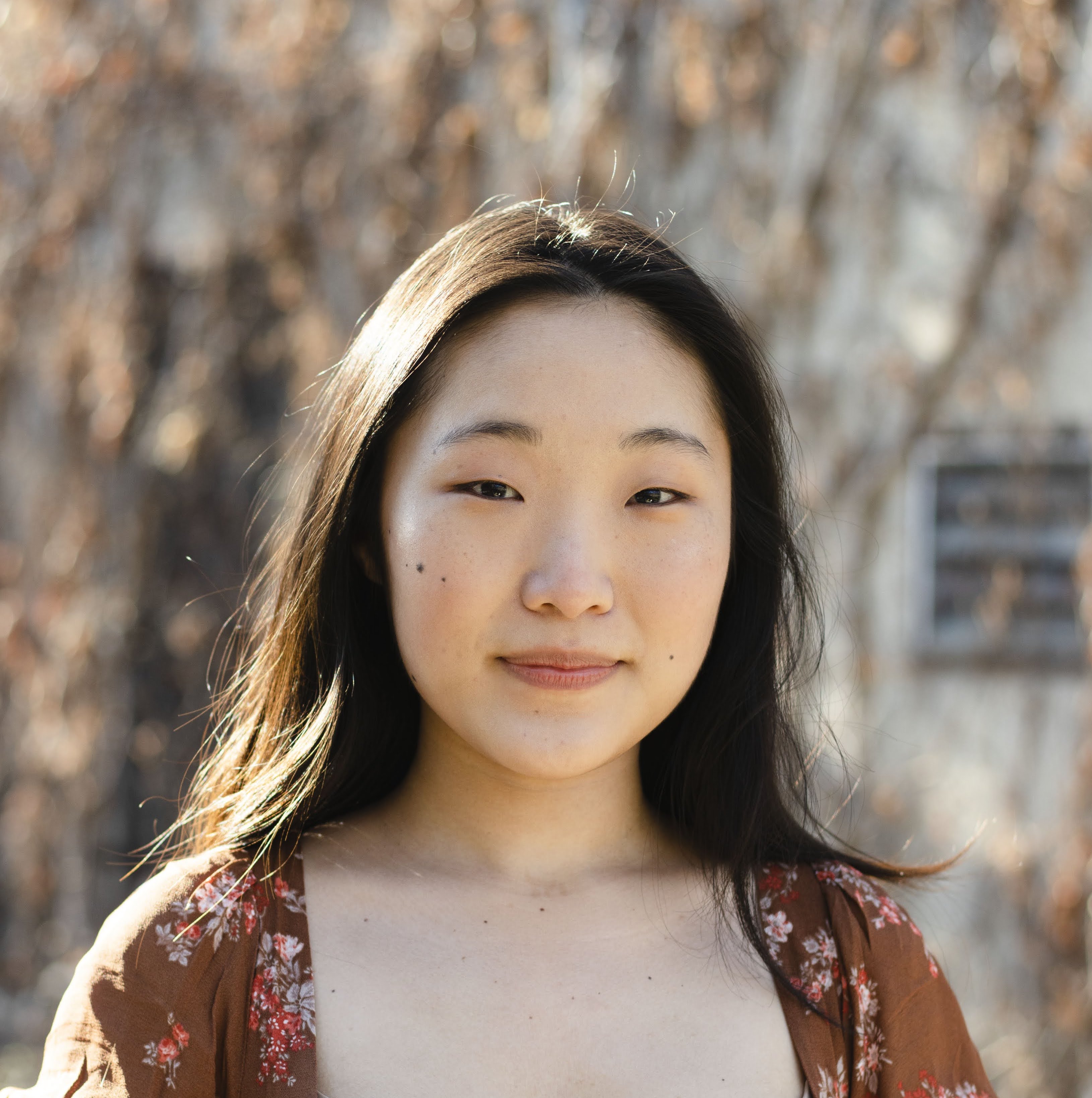
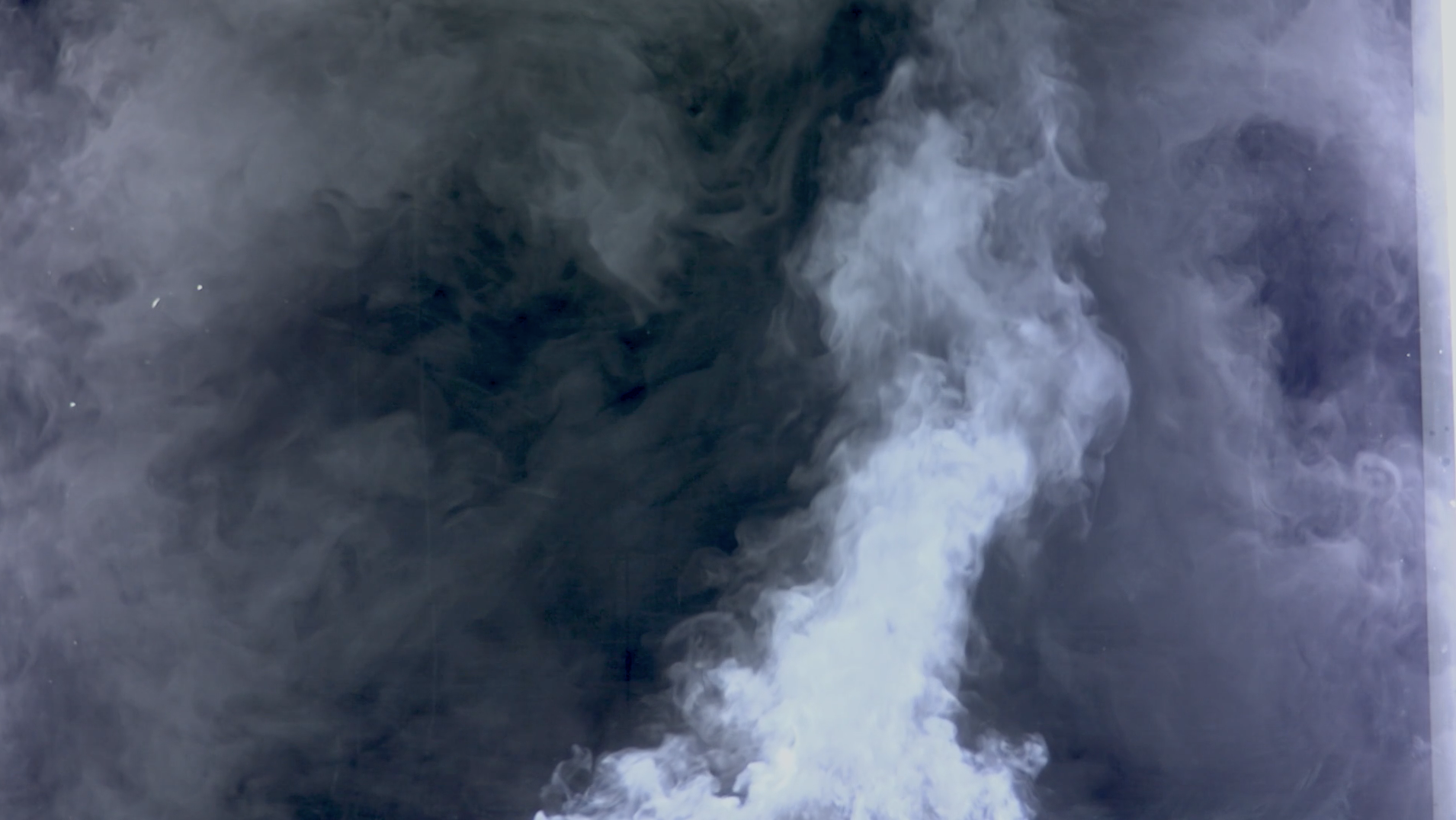

Machine, Art, & Nature
featuring Marie-Luce Nadal and Gilberto Esparza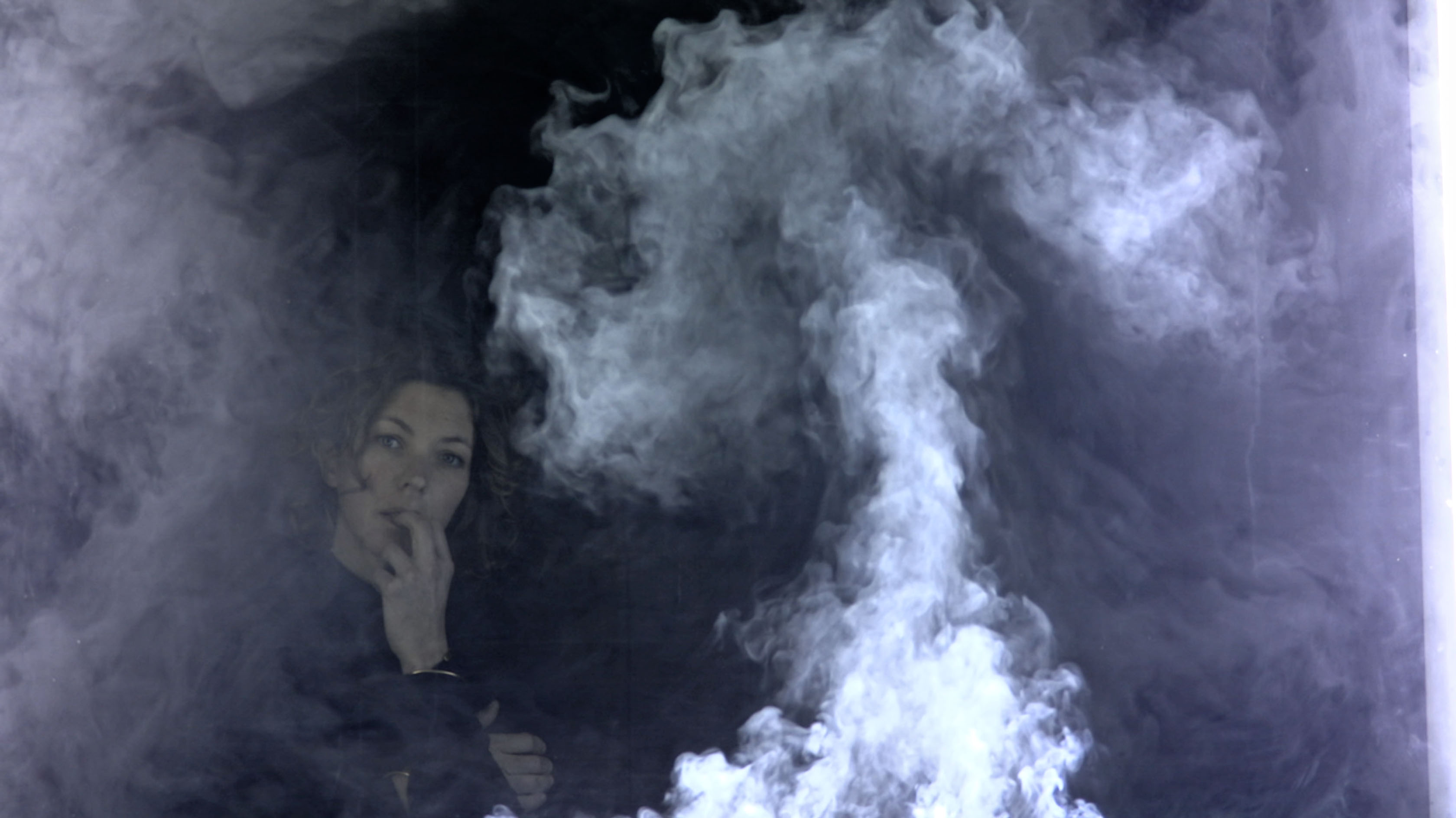
Nadal is descended from generations of a wine-making family from the south of France dating to the 1800s. She grew up watching her grandfather seed clouds during July, the first month of summer in Perpignan, when hail is common. Without manipulation of the weather, the vineyards could experience devastating damage.
Nadal, fascinated by this human need to control nature, invented the Factory of The Vaporous No. 1 to intrigue viewers with this multifaceted issue. Throughout her journeys, she uses the Factory to capture particles of clouds and electric residues of thunderstorms, which she then reduces to extracts.
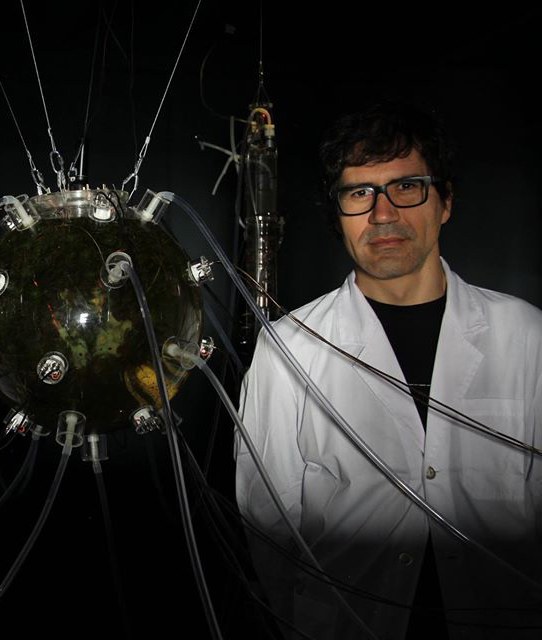
Esparza, through research, storytelling, and the invention of La Planta Nómada (The Nomadic Plant), tackles this important and urgent issue with a robotic system, an organic plant species, and a set of microbial and photovoltaic fuel cells.
This autonomous bio-robotic species possesses a metabolic cycle that can repair, on a small scale, some of the ecological damage to its surroundings by recuperating the energy that it takes from the earth. Upon encountering contaminated water, La Planta Nómada sucks it up and stores it in microbial cells, where bacteria and autochthonous microorganisms biodegrade the organic waste and break down toxic substances.
marie-luce nadal

Open Window
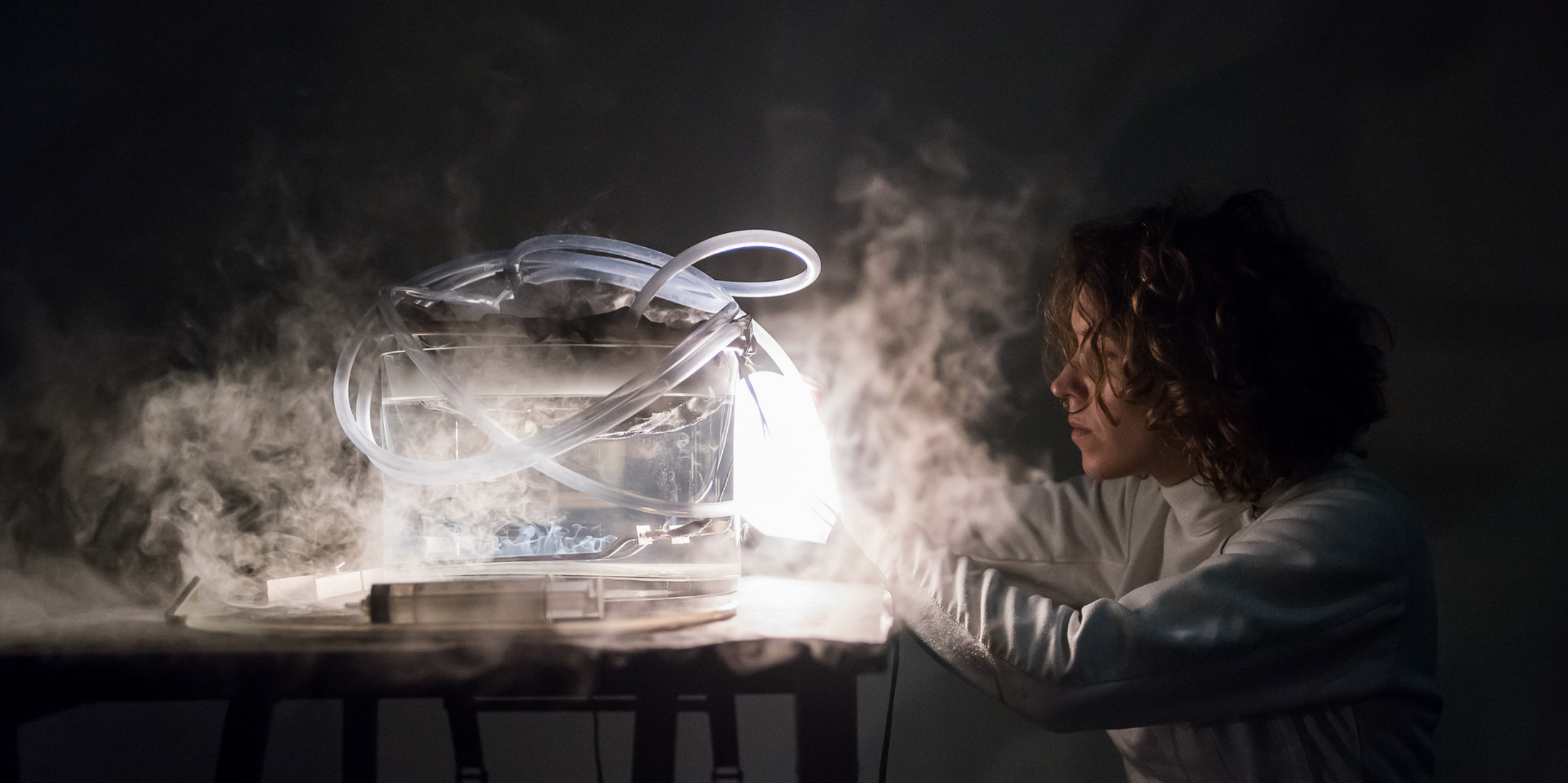
The Factory of the Vaporous No. 1
Made from recycled materials of an old alcohol distillery, the Factory is a portable laboratory composed of a system of air extraction and surrounding water, a set of instruments to separate air and water of their chemical and inorganic components, and a series of tools that allow her to measure, restart, and mix these components to produce pure essence of cloud and synthetic thunderstorm.
gilberto esparza
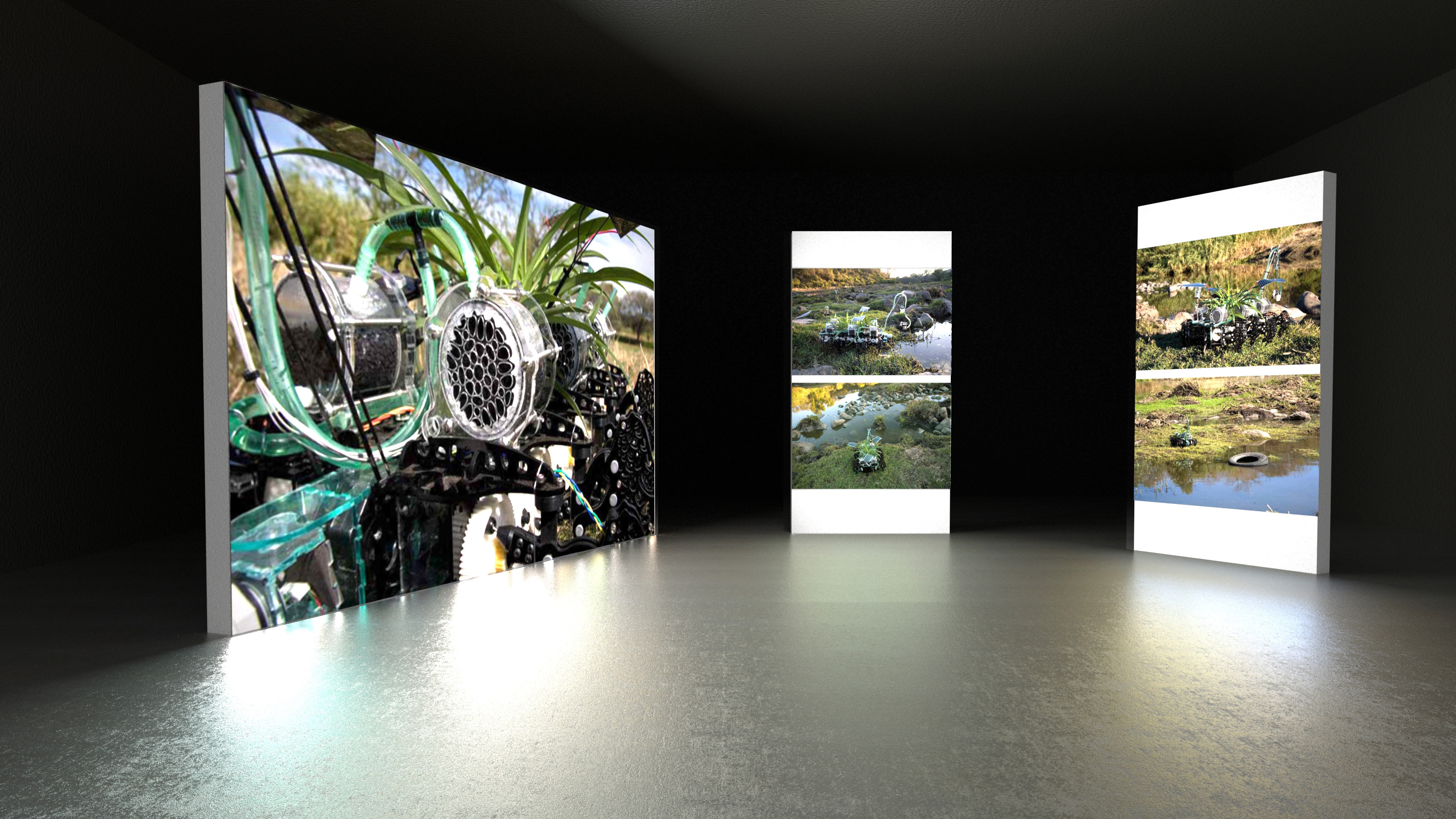
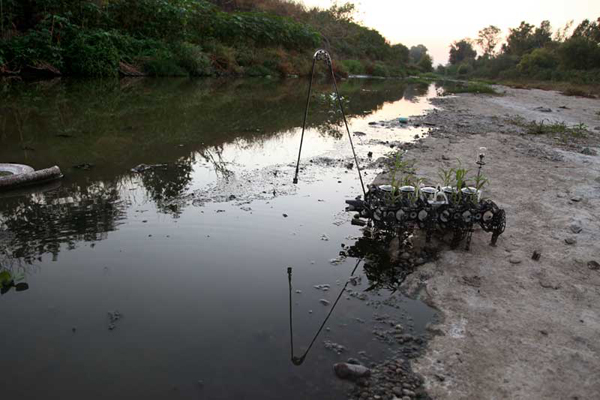
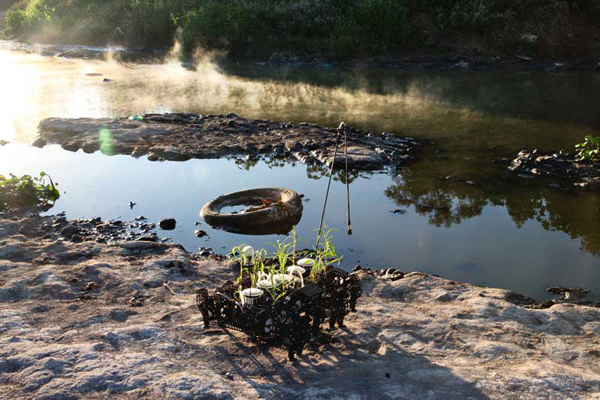
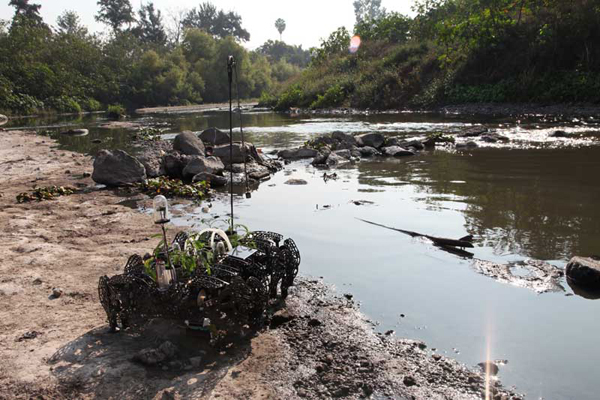



















La Planta Nómada
Meanwhile, in Mexico, at least 70% of rivers, lakes, and aquifers are contaminated. Every year, millions of cubic meters of wastewater are discharged into bodies of water. There is no effective regulation regarding the monitoring of water quality in Mexico or the installation of sufficient treatment plants. The problem is creating an increasingly negative impact on the health of ecosystems and human populations.
This process generates electricity, which is stored and used to charge a set of batteries. The biodegradation process improves the quality of the water. La Planta Nómada lives in environments that have been affected by water contamination, primarily in areas of ecological disaster caused by industry and the waste products of large urban centers.
Move: ARROW KEYS / WASD
Up / Down: SPACE / SHIFT
Look: MOUSE
Exit: ESC
click to enter the exhibition
(or move to a larger device)
